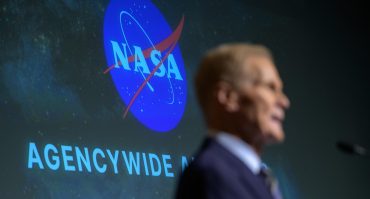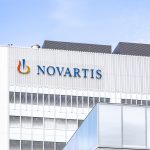
- NASA
- Space Tech
NASA Intensifies ISS Operations Before 2030 Retirement
3 minute read

Space Station’s Final Years to Feature Expanded Research and Artemis Program Support Through 2030
Key Facts
- NASA plans multiple commercial crew and cargo missions to the ISS before its retirement by 2030
- The missions will support crucial testing for the Artemis lunar program
- International partnerships remain active with Japan, Russia, and European nations participating in ISS operations
Introduction
NASA’s International Space Station (ISS) enters a new phase of heightened activity with an ambitious schedule of upcoming missions. The space agency aims to maximize the station’s capabilities through enhanced research initiatives and technology development before its planned retirement at decade’s end.
Key Developments
According to NASA, the space station will host an increased number of commercial crew and cargo missions in the coming years. These operations focus on advancing scientific research, testing new technologies, and strengthening international collaboration in space exploration.
NASA ISS Program Manager Joel Montalbano emphasizes the strategic importance of these missions: “We are taking every opportunity to leverage the capabilities provided by the space station.” This approach aligns with NASA’s broader goals for the Artemis program and future space exploration.
Market Impact
The increased mission frequency creates new opportunities for commercial space companies and research institutions. Technology testing aboard the ISS, particularly in areas like advanced life support systems and in-space manufacturing, provides valuable data for developing lunar and Mars exploration capabilities.
International partnerships continue to play a vital role, with Japan, Russia, and European nations maintaining active involvement in ISS operations. These collaborations strengthen global space industry relationships and share technological advancement costs.
Strategic Insights
The ISS serves as a crucial testing ground for technologies essential to long-duration space missions. Current experiments focus on radiation protection, life support systems, and manufacturing techniques that will support future lunar missions and beyond.
Expert Opinions and Data
Space industry experts highlight the ISS’s role as an irreplaceable platform for international scientific collaboration. The station’s unique microgravity environment enables research impossible to conduct on Earth, providing insights into materials science, human physiology, and space technology.
The integration of artificial intelligence and advanced manufacturing capabilities aboard the ISS demonstrates the station’s evolution as a technology testbed. These developments directly support NASA’s broader space exploration objectives, including the Artemis program.
Conclusion
The ISS continues its vital role in advancing space exploration through enhanced mission schedules and international collaboration. The knowledge gained from these final years of operation strengthens humanity’s capabilities for lunar return and eventual Mars exploration, leaving a lasting legacy in space research and technology development.





